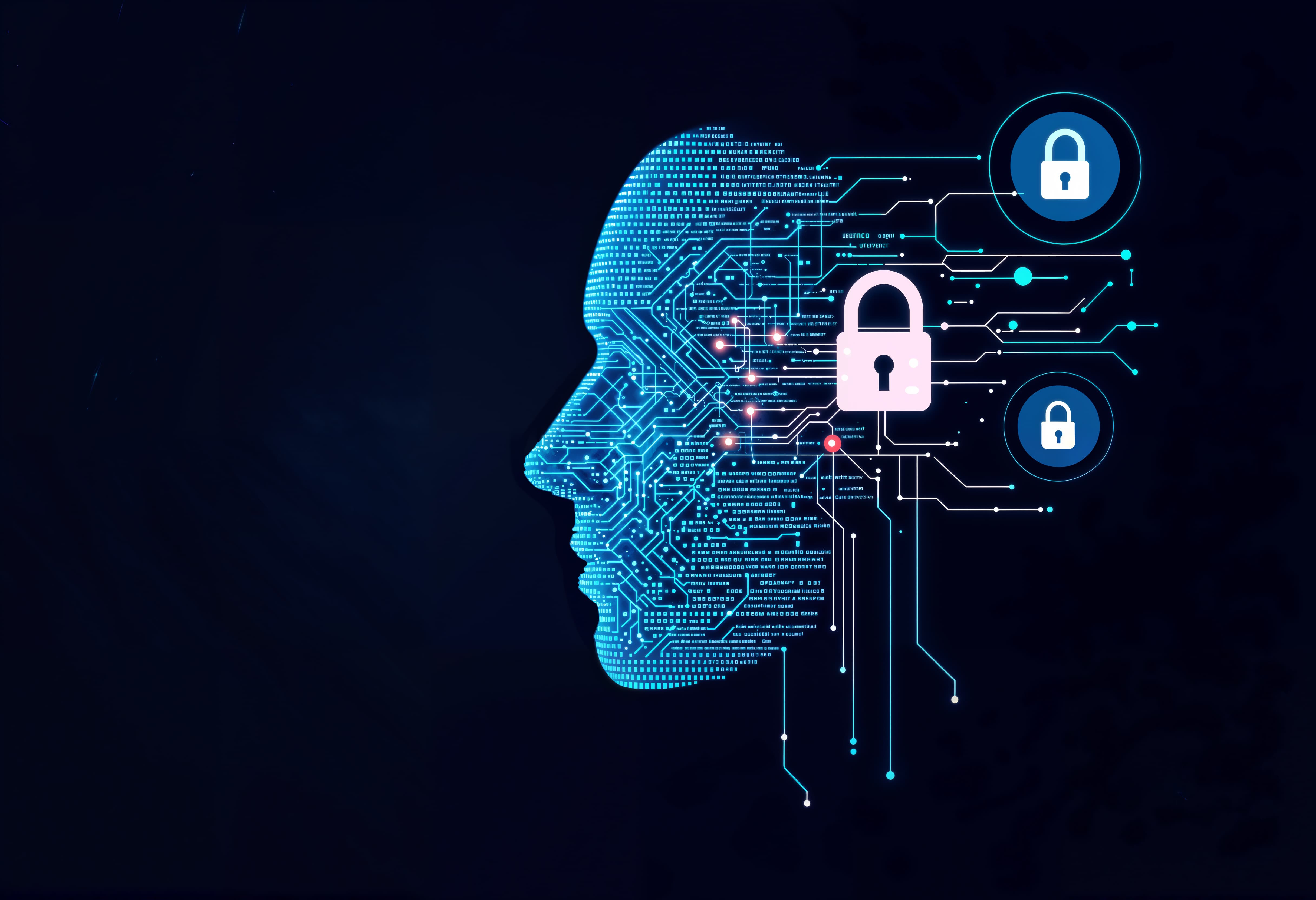China is proposing new rules requiring users to consent before AI companies can use chat logs for training. The draft measures aim to balance innovation with safety and public interest.
Platforms would need to inform users when interacting with AI and provide options to access or delete their chat history. For minors, guardian consent is required before sharing or storing any data.
Analysts say the rules may slow AI chatbot improvements but provide guidance on responsible development. The measures signal that some user conversations are too sensitive for free training data.
The draft rules are open for public consultation with feedback due in late January. China encourages expanding human-like AI applications once safety and reliability are demonstrated.
Would you like to learn more about AI, tech, and digital diplomacy? If so, ask our Diplo chatbot!










